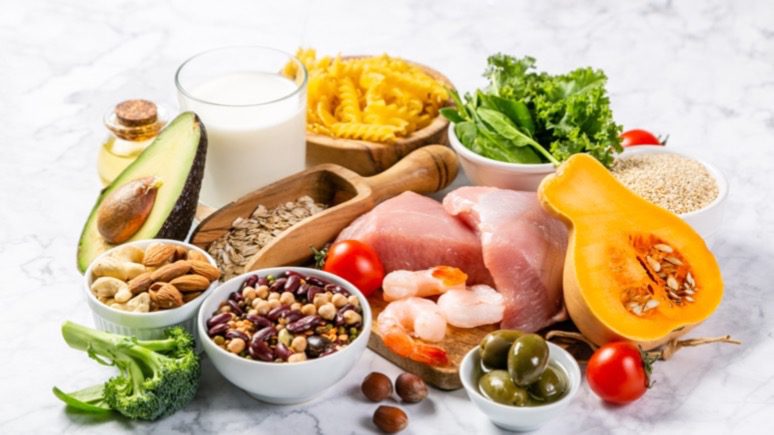Introduction
Hypertension affects more and more people each year. The research showed that some nutrition plans could lower blood pressure in people experiencing hypertension. One of such meal plans is the DASH diet. The DASH diet, or Dietary Approaches to Stop Hypertension, is an eating plan that focuses on controlling and preventing hypertension. The DASH diet is the most effective in lowering blood pressure, reducing levels within two weeks of starting the diet plan. Along with reducing blood pressure, this diet pattern lowers total cholesterol and low-density lipoprotein (LDL) levels. This diet consists primarily of fruits, vegetables, whole grains, and low-fat dairy products. In addition, the DASH diet includes fish, lean meats, poultry, beans, and nuts. Furthermore, it limits foods and beverages with added sugar, added fats, and red meat. DASH diet provides health benefits such as improvement of hypertension, weight loss, and reducing the risk of heart disease, metabolic syndrome, diabetes, and certain types of cancer.
Key points
The Dash diet is a balanced and flexible eating pattern. It emphasizes a heart-healthy diet plan. The DASH diet involves the consumption of fruits, vegetables, whole grains, low-fat or fat-free dairy products, poultry, fish, nuts, and beans. This diet plan restricts foods high in saturated fat, including full-fat dairy products, fatty meats, and sugar-sweetened beverages. In addition, the DASH diet is lower in sodium than the standard American diet.
The regular DASH diet plan emphasizes eating no more than one teaspoon (2,300 mg) of sodium daily. This amount of sodium is in line with most national guidelines. The lower-salt version of the DASH diet restricts sodium consumption to no more than 3/4 teaspoon (1,500 mg) daily.
DASH promotes a certain number of daily servings of various food groups. The number of servings you may require per day can vary depending on your daily calorie intake.
Contraindications
Individuals with chronic liver or kidney disease and those prescribed renin-angiotensin-aldosterone system antagonists need to consult the doctor before starting the DASH diet. In addition, patients with uncontrolled diabetes mellitus type 2, chronic heart failure, celiac disease, or lactose intolerance need to talk with the doctor to make certain adjustments to this diet plan.
How to avoid possible nutritional deficiencies
There are no possible nutritional deficiencies if you balance your diet plan.
Tips on improving dieting experience
- Limit your daily meat consumption to 6 ounces. Make some vegetarian meals.
- Add more fresh vegetables, fruits, and dry beans to your meals.
- Replace regular dairy products with low-fat or fat-free dairy.
- Fruit can be eaten as a snack or with your meals. You can use canned and dried fruits, but make sure there is no sugar added.
- When doing shopping, read food labels to select the products low in sodium.
- Replace snacking on sweets or chips with unsalted pretzels or raisins, nuts, fat-free or low-fat yogurt, frozen yogurt, raw vegetables, and unsalted, plain popcorn without butter.
Conclusion
In studies on the DASH diet, the low salt intake resulted in a significant drop in blood pressure in people with high blood pressure. However, the benefits of salt restriction on health and life expectancy for people with normal blood pressure are not clear. In addition, eating too little salt is linked to certain health problems, including increased risk of insulin resistance, heart disease, and fluid retention. Therefore, you should consult the doctor before starting the DASH diet.














Leave a Reply
You must be logged in to post a comment.